Home>diy>Building & Construction>What Is A Construction Carpenter
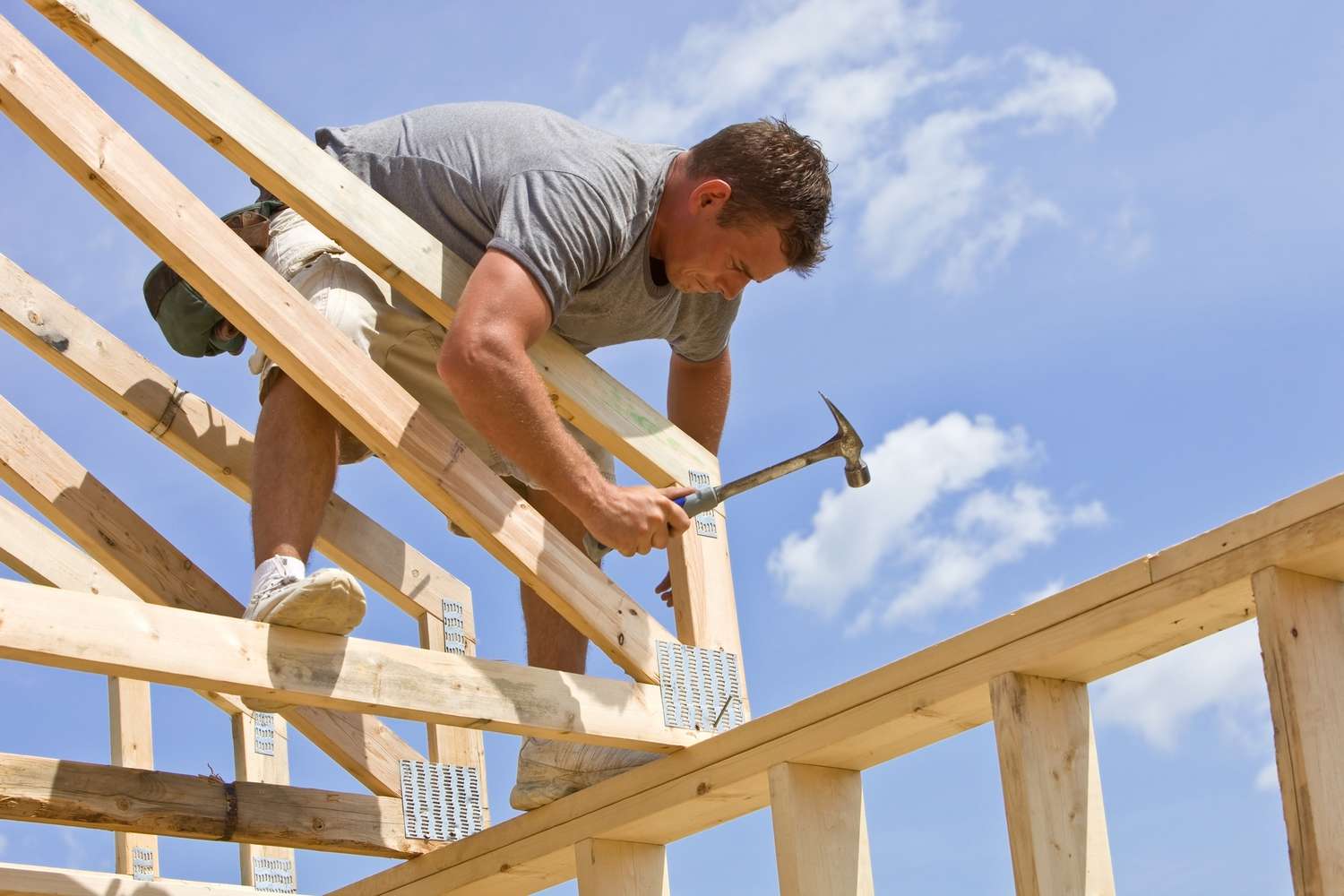

Building & Construction
What Is A Construction Carpenter
Modified: October 20, 2024
Learn about the role and responsibilities of a construction carpenter in building construction projects. Find out the skills and qualifications required for this profession.
(Many of the links in this article redirect to a specific reviewed product. Your purchase of these products through affiliate links helps to generate commission for Storables.com, at no extra cost. Learn more)
Introduction
A construction carpenter is a skilled tradesperson who plays a vital role in the building and construction industry. They are responsible for the construction, installation, and repair of wooden structures and fixtures used in buildings, such as walls, floors, roofs, windows, doors, and cabinets. Construction carpenters work on both residential and commercial projects, bringing architectural designs to life through their craftsmanship and precision.
Construction carpentry is a diverse field that requires a combination of technical skills, physical dexterity, and creative problem-solving. From framing a structure to finishing details, carpenters ensure that every element of a building’s wooden framework is sturdy, functional, and aesthetically pleasing.
In the following sections, we will explore the definition of a construction carpenter, delve into their skills and qualifications, discuss their duties and responsibilities, and provide insights into the tools and equipment they use. We will also explore the various types of construction carpentry, outline the training and education required to become a carpenter, and shed light on the promising career opportunities in this field.
Whether you’re considering a career as a construction carpenter, own a construction business, or simply want to learn more about this trade, this comprehensive guide will give you a deeper understanding of what it means to be a construction carpenter in the modern building industry.
Key Takeaways:
- Construction carpenters are skilled professionals who bring architectural designs to life through their expertise in woodwork. From interpreting blueprints to executing precise cuts, their craftsmanship ensures the structural integrity and aesthetic appeal of buildings.
- The field of construction carpentry offers diverse career paths, from residential and commercial construction to specialized areas like cabinetmaking and formwork carpentry. With the demand for skilled carpenters on the rise, there are ample opportunities for growth and advancement within the industry.
Read more: What Goes In A Carpenter Tool Belt
Definition of a Construction Carpenter
A construction carpenter is a skilled tradesperson who specializes in working with wood and other materials to construct, install, and repair various structures within the building and construction industry. They are responsible for creating the framework and infrastructure of buildings, ensuring that they are structurally sound and meet safety standards.
Construction carpenters work with different types of wood, such as softwood and hardwood, as well as engineered wood products like plywood and particleboard. They also work with other materials, including metal, concrete, and plastic, depending on the specific project requirements.
Carpenters typically start their work during the early stages of construction, where they collaborate with architects and engineers to interpret blueprints and plans. They then use their knowledge of construction techniques and measurements to accurately cut, shape, and assemble materials to form the building’s structural components.
In addition to new construction, carpenters also play a crucial role in renovation and remodeling projects. They may be tasked with removing and replacing damaged or outdated structures, upgrading existing fixtures, or adding new elements to enhance the functionality and aesthetic appeal of a space.
Construction carpenters use a variety of tools and equipment to execute their work, such as saws, drills, hammers, levels, and measuring devices. They are skilled in using these tools efficiently and safely to ensure precise and accurate cuts, joints, and installations.
Attention to detail is a fundamental aspect of a carpenter’s job. They must have a keen eye for measurements, angles, and alignments to ensure that components fit together seamlessly. Carpenters also need to have good problem-solving skills, as they may encounter unexpected challenges or modifications during construction that require creative solutions to overcome.
Furthermore, carpenters may specialize in specific areas of construction carpentry, such as rough carpentry, finish carpentry, or cabinetmaking. Each specialization requires distinct skills and knowledge to address the unique demands of the job.
In summary, a construction carpenter is a highly skilled tradesperson who transforms raw materials into functional and visually appealing structures within the building industry. Their expertise in working with wood and other materials, along with their attention to detail and problem-solving abilities, are essential in creating the framework of buildings and ensuring their structural integrity.
Skills and Qualifications of a Construction Carpenter
Being a construction carpenter requires a unique set of skills and qualifications. These abilities are crucial for delivering high-quality work, ensuring safety on the job site, and meeting the demands of the construction industry. Here are some of the key skills and qualifications that a construction carpenter should possess:
- Technical knowledge: Construction carpenters should have a deep understanding of construction techniques, materials, and regulations. They should be knowledgeable about different types of wood, their properties, and how to work with them effectively.
- Blueprint reading: Carpenters need to be able to interpret and understand architectural drawings, blueprints, and plans. This skill enables them to accurately follow design specifications and measurements during the construction process.
- Mathematical skills: Carpenters must have a solid grasp of basic mathematical concepts, such as measurements, angles, and calculations. Precise measurements and accurate mathematical calculations are essential for ensuring the proper fit and alignment of components.
- Manual dexterity: The ability to work with hand tools and power tools while maintaining precision and control is crucial for a carpenter. Carpenters need to have excellent hand-eye coordination and should be comfortable using tools such as saws, drills, chisels, and hammers.
- Physical stamina: Construction carpentry is a physically demanding profession that often involves lifting heavy materials and working in various weather conditions. Carpenters should have good strength and endurance to handle the physical demands of the job.
- Attention to detail: The ability to pay close attention to detail is crucial for a construction carpenter. Carpenters need to ensure that the measurements, cuts, and joints are precise, resulting in a structurally sound and aesthetically pleasing final product.
- Problem-solving skills: Carpenters often encounter unexpected challenges and modifications during construction projects. They need to be able to think on their feet, come up with creative solutions, and adapt to changing circumstances while maintaining the integrity of the structure.
- Communication and teamwork: Carpenters frequently work as part of a team, collaborating with other construction professionals, such as architects, engineers, and fellow tradespeople. Clear communication and the ability to work well with others are essential for a successful construction project.
- Safety consciousness: Construction sites can be hazardous, and carpenters must prioritize safety. They need to be knowledgeable about safety protocols and regulations, ensuring that they follow proper procedures to minimize the risk of accidents or injuries.
In addition to these skills, a construction carpenter typically completes an apprenticeship program, which provides hands-on training and further develops their skills under the guidance of experienced carpenters. Some carpenters may also pursue formal education in the form of vocational training or a degree program in carpentry or construction technology.
By possessing a combination of technical skills, physical capabilities, problem-solving abilities, and a commitment to safety, construction carpenters are well-equipped to excel in their profession and contribute to the successful completion of building projects.
Duties and Responsibilities of a Construction Carpenter
The work of a construction carpenter is varied and encompasses a wide range of duties and responsibilities. They are integral to the construction process, contributing to the creation of sturdy and visually appealing structures. Here are some of the primary duties and responsibilities of a construction carpenter:
- Reading and interpreting blueprints: Carpenters are responsible for reviewing and understanding architectural blueprints, plans, and drawings. They must be able to interpret these documents accurately to determine the necessary measurements, materials, and construction techniques.
- Measuring and cutting materials: Carpenters measure and cut materials according to specifications, using a variety of tools such as saws, power tools, and hand tools. They ensure precise and accurate cuts to achieve the desired fit and alignment of components.
- Constructing and assembling: Carpenters construct and assemble various wooden structures, including walls, floors, roofs, stairs, doors, and windows. They use fasteners, such as nails, screws, and adhesives, to secure the components together.
- Installing fixtures: Carpenters install fixtures and hardware, such as cabinets, countertops, moldings, and trim. They ensure that these elements are securely attached and properly aligned, enhancing the functionality and visual appeal of the space.
- Repairing and replacing: Carpenters are often called upon to repair or replace damaged or worn-out wooden structures or fixtures. This may involve removing and replacing sections of walls, repairing broken furniture, or fixing wooden components affected by moisture, rot, or pests.
- Working with other tradespeople: Carpenters collaborate with other construction professionals, including architects, engineers, plumbers, and electricians, to ensure the seamless integration of various building systems. They coordinate their work with other trades to accommodate plumbing, electrical, and HVAC installations.
- Maintaining safety standards: Carpenters prioritize safety on the job site. They follow safety protocols and use appropriate protective equipment to minimize the risk of accidents or injuries. They also ensure that the structures they build meet safety codes and regulations.
- Completing documentation: Carpenters may be required to document their work, including keeping records of materials used, techniques applied, and hours worked. This documentation is essential for project management and for maintaining accurate records for future reference.
- Continuous learning and improvement: Carpenters strive to stay updated on the latest construction techniques, building codes, and safety regulations. They attend workshops, seminars, and training programs to enhance their skills and knowledge.
These are just a few of the many duties and responsibilities of a construction carpenter. Their role is critical in ensuring the structural integrity, functionality, and aesthetic appeal of buildings. With their expertise and craftsmanship, construction carpenters contribute significantly to the successful completion of construction projects.
Tools and Equipment Used by Construction Carpenters
Construction carpenters rely on a variety of tools and equipment to carry out their work efficiently and effectively. These tools help them cut, shape, and assemble wood and other materials to create sturdy and visually appealing structures. Here are some of the common tools and equipment used by construction carpenters:
- Measuring tools: Carpenters use measuring tools such as tape measures, speed squares, and levels to ensure accurate measurements and straight lines during construction.
- Cutting tools: Carpenters utilize a range of cutting tools, including handsaws, circular saws, jigsaws, and chop saws, to cut wood and other materials to the desired length and shape.
- Power tools: Power tools like drills, routers, and nail guns make tasks like drilling holes, creating joints, and fastening components quicker and more efficient.
- Hand tools: Carpenters use various hand tools such as hammers, screwdrivers, chisels, planes, and clamps to perform tasks that require precision and control, like driving nails, tightening screws, shaping wood, and holding materials in place.
- Fasteners: Carpenters use a variety of fasteners, including nails, screws, and adhesives, to secure materials together and ensure the stability and durability of the structures they build.
- Safety equipment: Safety is a top priority for carpenters, and they use protective equipment like goggles, ear protection, gloves, and hard hats to minimize the risk of injury while working with tools and potentially hazardous materials.
- Work vehicles: Construction carpenters often use work vehicles to transport materials, tools, and equipment to and from job sites. These vehicles may include pickup trucks, vans, or trailers.
- Scaffolding and ladders: Depending on the scope of the project, carpenters may use scaffolding or ladders to work at elevated heights safely. These provide them with stable platforms to carry out tasks like framing, siding, or painting.
- Computer software: With advancements in technology, carpenters also make use of computer software programs for tasks such as creating and reviewing blueprints, estimating material quantities, and managing project schedules.
It is worth noting that the specific tools and equipment used by carpenters may vary depending on the nature of the project, the materials being worked with, and the individual carpenter’s personal preferences and expertise.
Regardless of the tools and equipment used, carpenters are trained professionals who understand how to handle these tools safely and effectively. They rely on their skills, knowledge, and the appropriate use of tools to bring architectural designs to life and construct durable, functional, and visually appealing structures.
When working as a construction carpenter, always prioritize safety by wearing appropriate protective gear and following proper procedures for using tools and equipment.
Read also: 12 Amazing Carpenters Protractor for 2025
Types of Construction Carpentry
Construction carpentry is a versatile field that encompasses various specialties and areas of expertise. Carpenters can specialize in different types of construction carpentry based on the specific skills and knowledge required for the task at hand. Here are some of the common types of construction carpentry:
- Rough carpentry: Rough carpentry involves the construction of the structural components of a building, such as walls, floors, and roofs. Rough carpenters work with framing materials, including dimensional lumber, engineered wood products, and metal trusses, to create the framework of a structure.
- Finish carpentry: Finish carpentry focuses on the detailed and aesthetic aspects of a building. Finish carpenters work on projects such as installing doors, windows, baseboards, trim, crown molding, and other decorative elements. They have a keen eye for detail and ensure precise fit and alignment to achieve a polished and aesthetically pleasing final result.
- Cabinetmaking: Cabinetmakers specialize in designing, constructing, and installing custom-made cabinets and other storage solutions. They work with a variety of materials, such as wood, plywood, and laminate, to create functional and visually appealing cabinets for kitchens, bathrooms, and other living spaces.
- Formwork carpentry: Formwork carpenters are responsible for building the temporary structures, known as formwork, used to hold and shape concrete during the casting and curing process. They create precise and sturdy formwork systems, ensuring that the concrete structures being poured have the intended shape and dimensions.
- Green carpentry: Green carpentry focuses on environmentally sustainable practices and materials. Green carpenters employ environmentally friendly construction methods and use sustainable materials, such as reclaimed wood or composite materials made from recycled plastics, to minimize the impact on the environment.
- Commercial carpentry: Commercial carpenters work on large-scale construction projects, such as office buildings, shopping centers, and schools. They are familiar with commercial building codes and regulations and have experience working with commercial-grade materials and systems.
- Residential carpentry: Residential carpenters specialize in residential construction projects, such as building or remodeling houses, apartments, or residential complexes. They have expertise in constructing various residential features, including decks, fences, stairs, and interior structures.
It is important to note that these categories are not mutually exclusive, and many carpenters have skills and experience in multiple areas of construction carpentry. They may specialize in one area while being proficient in others, depending on their training, experience, and personal interests.
By specializing in different types of construction carpentry, carpenters bring their unique skills and expertise to each project, ensuring that different aspects of construction are executed with precision, quality, and attention to detail.
Training and Education for Construction Carpenters
Training and education are essential for individuals aspiring to become construction carpenters. While formal education is not always mandatory, it can provide a strong foundation and open up more opportunities in this field. Here are the common training and education pathways for construction carpenters:
- High school diploma or equivalent: A high school diploma or GED equivalent is generally the minimum educational requirement to become a construction carpenter. It provides a basic level of education in subjects such as math, English, and physics, which are useful in construction-related tasks.
- Apprenticeship programs: Apprenticeship programs are widely regarded as the most comprehensive and practical way to learn the trade of construction carpentry. These structured programs combine on-the-job training with classroom instruction, typically lasting three to four years. Apprentices learn from experienced carpenters, gaining hands-on experience in various aspects of construction carpentry, including blueprint reading, framing, finishing, and safety protocols. Apprenticeship programs are often sponsored by trade unions, contractor associations, or individual employers.
- Vocational training: Vocational or technical schools offer specialized training programs in carpentry or construction trades. These programs often include coursework in blueprint reading, building codes, mathematics, and hands-on training in carpentry techniques. Vocational training programs can range from several months to two years, depending on the level of certification or diploma being pursued.
- Associate’s degree: Some community colleges and technical schools offer associate’s degree programs in construction technology or carpentry. These programs provide a more comprehensive education, covering both technical and theoretical aspects of construction carpentry. Associate’s degree programs typically take two years to complete and may include coursework in construction management, estimating, and project planning.
- Certifications and licenses: While not always required, certain certifications can enhance a carpenter’s skillset and credibility. For example, the National Association of Home Builders (NAHB) offers certifications in areas such as framing, finish carpentry, and green building practices. Additionally, some states or local jurisdictions may require carpenters to obtain a contractor’s license, especially if they plan to operate their own carpentry business.
Regardless of the educational path chosen, ongoing learning and professional development are crucial for construction carpenters. They need to stay updated on changes in building codes, new construction techniques, and advancements in materials and technology. Carpenters can attend workshops, seminars, trade shows, and stay connected with professional associations to stay current in their field.
Experience is also highly valued in the construction industry. Apprenticeships, internships, and on-the-job training provide invaluable hands-on experience, allowing carpenters to apply their skills in real-world construction projects and gain a deeper understanding of the trade.
Overall, a combination of education, apprenticeship, and practical experience is key to becoming a skilled and successful construction carpenter. By continually building their knowledge and honing their skills, carpenters can thrive and excel in their careers within the construction industry.
Career Opportunities for Construction Carpenters
The field of construction carpentry offers a wide range of career opportunities for skilled professionals. Carpenters play a vital role in the construction industry, and their expertise is in high demand. Here are some of the career paths available for construction carpenters:
- Residential construction: Many construction carpenters find employment in residential construction, working on projects such as building new homes, remodeling existing houses, or constructing residential complexes. They may work for construction companies, general contractors, or as self-employed carpenters.
- Commercial construction: Commercial construction also provides ample career opportunities for carpenters. They can work on projects such as office buildings, shopping centers, schools, hospitals, and other commercial structures. Carpenters with experience in commercial construction may find employment with commercial contractors or construction firms.
- Specialized carpentry: Construction carpenters can specialize in specific areas of carpentry, such as cabinetmaking, furniture construction, or restoration work. These specialized fields may involve working in workshops, custom woodworking shops, or with architectural firms that focus on high-end residential or commercial projects.
- General contracting: With experience and additional training, some carpenters choose to pursue careers in general contracting. They may oversee and manage construction projects, coordinate with subcontractors and suppliers, and ensure the successful completion of projects from start to finish.
- Supervisory and management roles: As carpenters gain extensive experience and knowledge, they may move into supervisory or management positions within construction companies. These roles involve overseeing a team of carpenters, coordinating projects, and ensuring that quality standards and deadlines are met.
- Self-employment: Many carpenters choose to become self-employed and establish their own carpentry businesses. This path offers flexibility, independence, and the opportunity to work on a wide range of projects as an independent contractor. Self-employed carpenters can take on residential or commercial projects, specialize in custom carpentry, or focus on niche markets.
- Education and training: Experienced carpenters may explore teaching or training opportunities within vocational schools, community colleges, or apprenticeship programs. Sharing their knowledge and skills with aspiring carpenters can be a rewarding career path.
Regardless of the specific career path chosen, the demand for skilled construction carpenters continues to grow. As the construction industry expands and remodels buildings, there will be ongoing opportunities for carpenters to contribute their expertise.
Moreover, carpenters often have the potential for career advancement and growth within their chosen field. By continuing to improve their skills, gaining experience, and staying updated on industry trends, carpenters can take on more complex projects, expand their areas of specialization, and increase their earning potential.
Overall, a career in construction carpentry offers job stability, the opportunity for creativity and craftsmanship, and the satisfaction of seeing tangible results of one’s work. With a strong foundation of skills and experience, carpenters can enjoy a fulfilling and prosperous career in the construction industry.
Conclusion
Construction carpentry is a dynamic and indispensable profession within the building and construction industry. Carpenters play a crucial role in creating the structural framework and aesthetic elements of buildings, utilizing their skills, knowledge, and craftsmanship to bring architectural designs to life. With their expertise in working with wood and other materials, construction carpenters contribute to the overall functionality, durability, and visual appeal of structures.
In this comprehensive guide, we have explored the definition of a construction carpenter, delved into their skills and qualifications, discussed their duties and responsibilities, and shed light on the tools and equipment they use. We have also examined the various types of construction carpentry, outlined the training and education required, and explored the promising career opportunities available in this field.
From rough carpentry to finish carpentry, cabinetmaking to formwork carpentry, there are numerous paths for carpenters to specialize in based on their interests and aptitudes. Whether working in residential or commercial construction, as part of a team or as self-employed contractors, the opportunities are diverse and varied.
Training and education are essential for aspiring carpenters, with apprenticeship programs and vocational training providing hands-on experience and fundamental knowledge. Ongoing learning, professional development, and a commitment to safety are crucial for carpenters to stay current and excel in their field.
The construction industry continues to grow, offering a range of career opportunities for skilled carpenters. With the demand for housing, commercial buildings, and renovations, there will always be a need for carpenters who can bring their expertise to various projects.
In conclusion, construction carpentry is a rewarding and fulfilling profession that combines technical skill, creativity, problem-solving abilities, and a passion for craftsmanship. Carpentry is not merely about building structures; it is about transforming spaces and creating functional, aesthetically pleasing environments. Construction carpenters play a vital role in shaping the physical world around us, and their contributions are essential to the growth and development of our built environment.
Eager to put your newfound knowledge of construction carpentry to practical use? Dive into our latest feature, "14 Best Woodworking for 2024," where we cover essential projects that can transform any novice into a seasoned woodworker. Whether you're looking to craft elegant furniture or unique home decor, our guide ensures you have the know-how to create stunning pieces with your own hands. Don't miss out on starting these exciting projects today!
Frequently Asked Questions about What Is A Construction Carpenter
Was this page helpful?
At Storables.com, we guarantee accurate and reliable information. Our content, validated by Expert Board Contributors, is crafted following stringent Editorial Policies. We're committed to providing you with well-researched, expert-backed insights for all your informational needs.



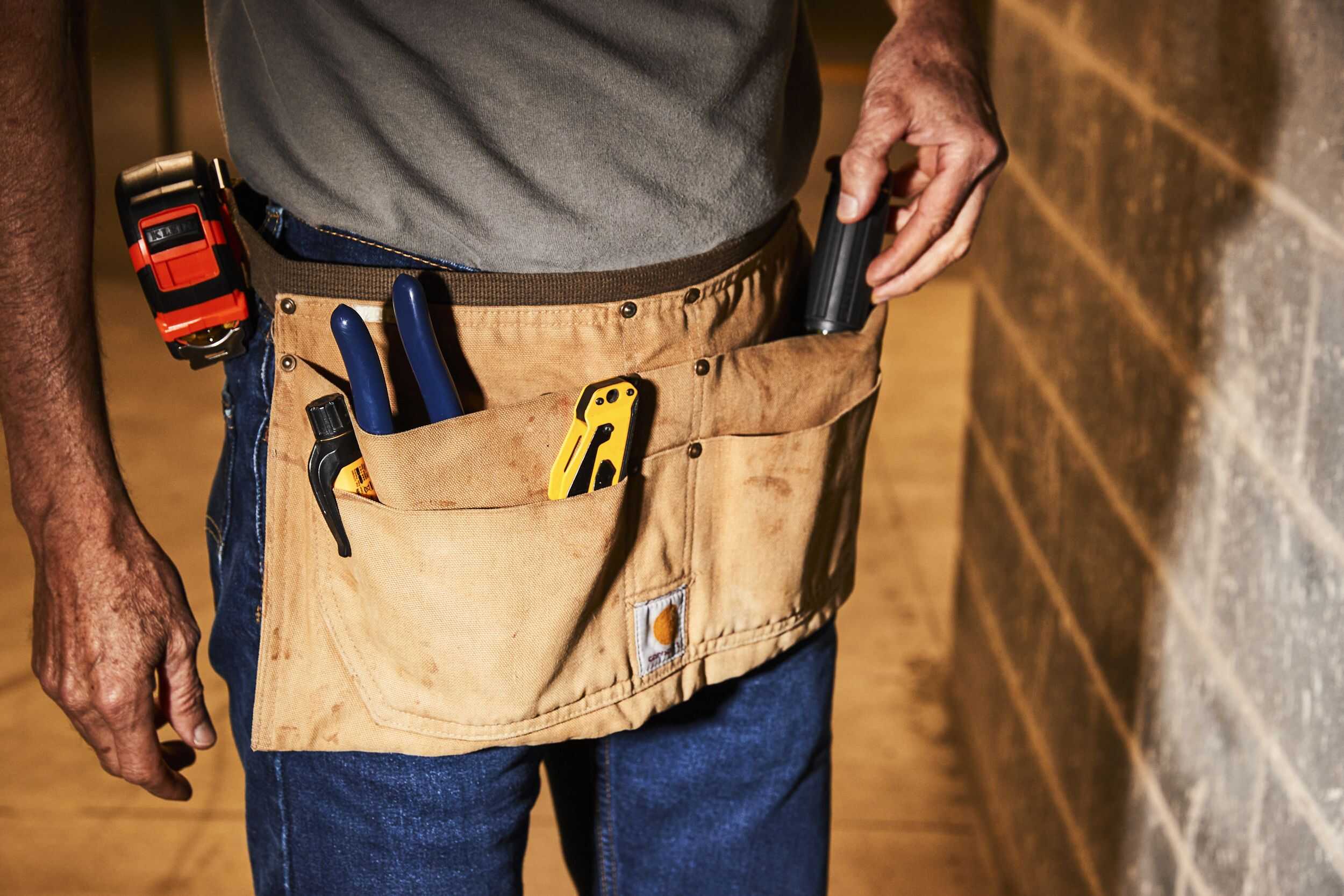

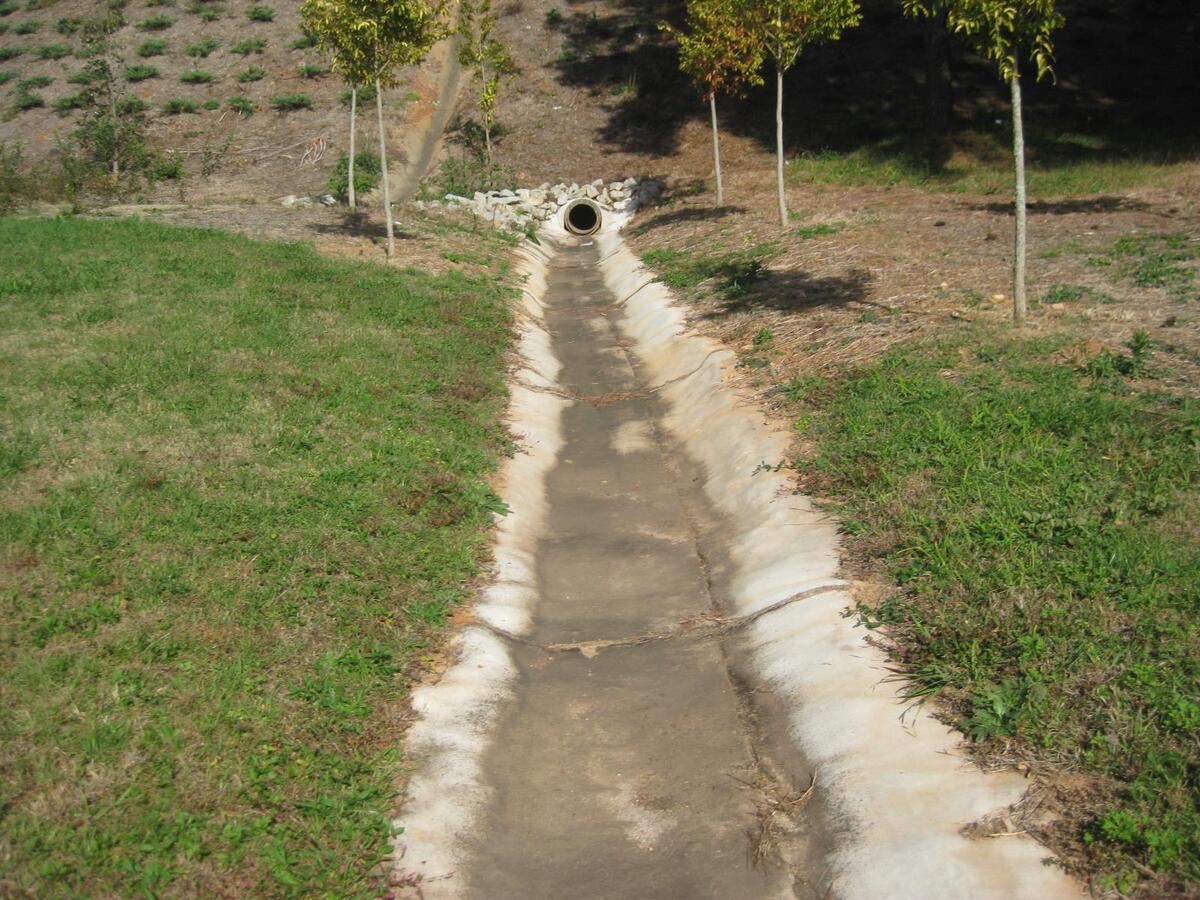
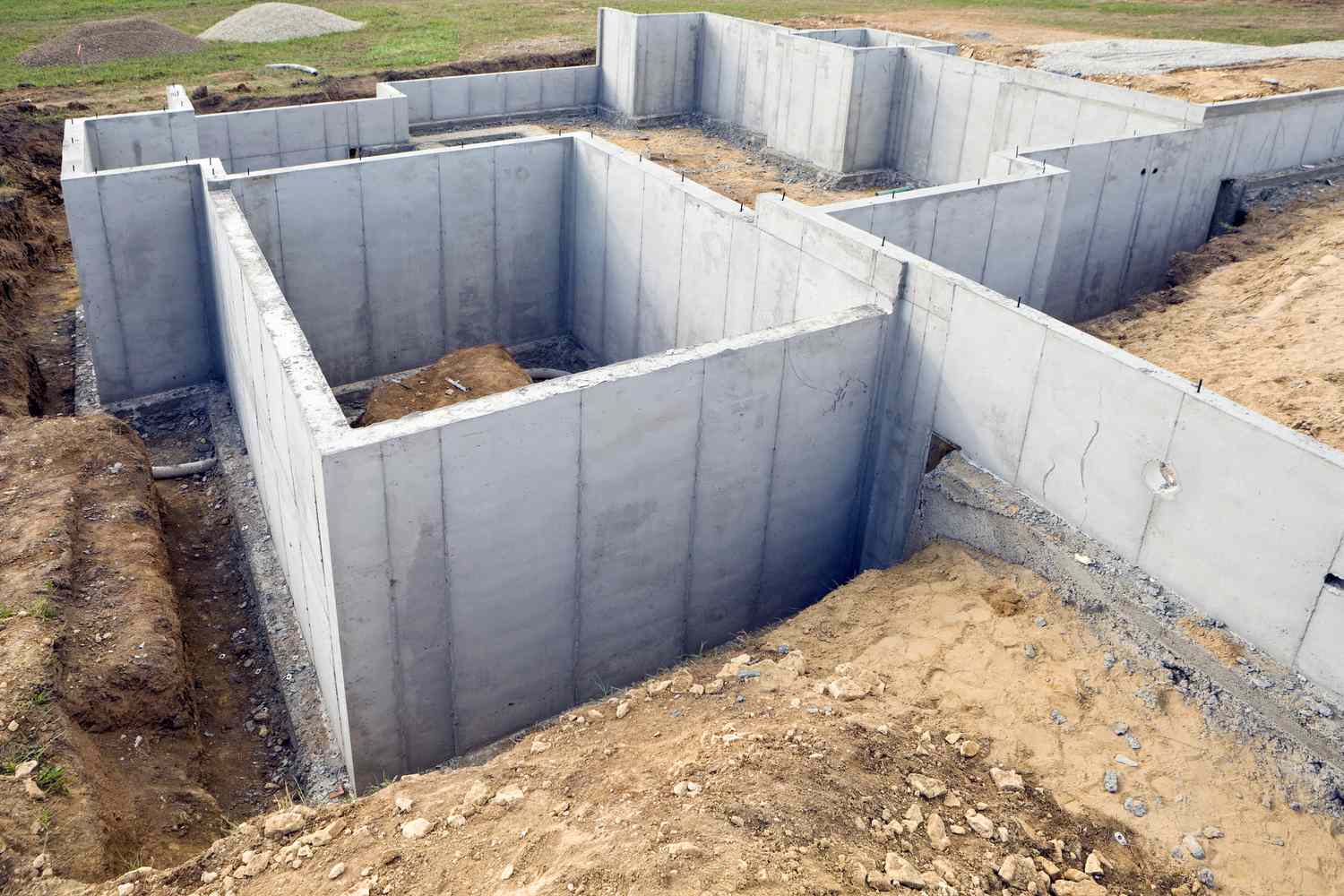


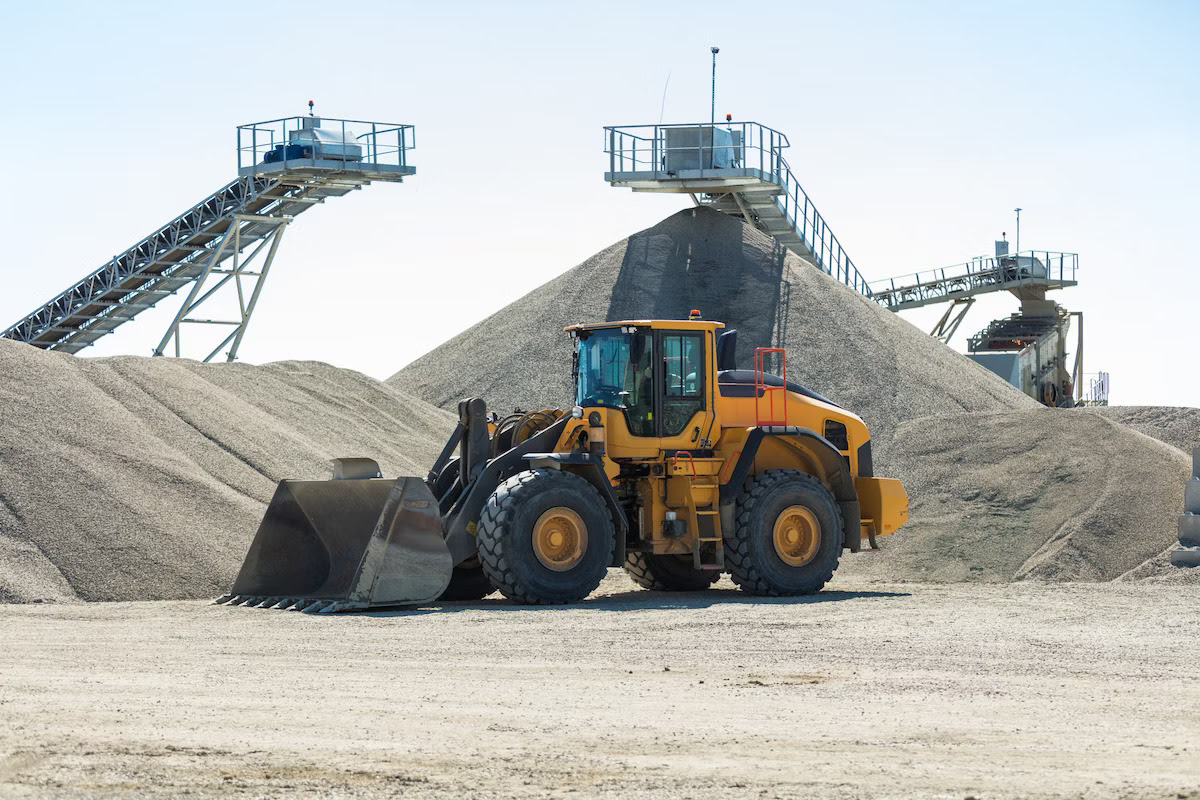



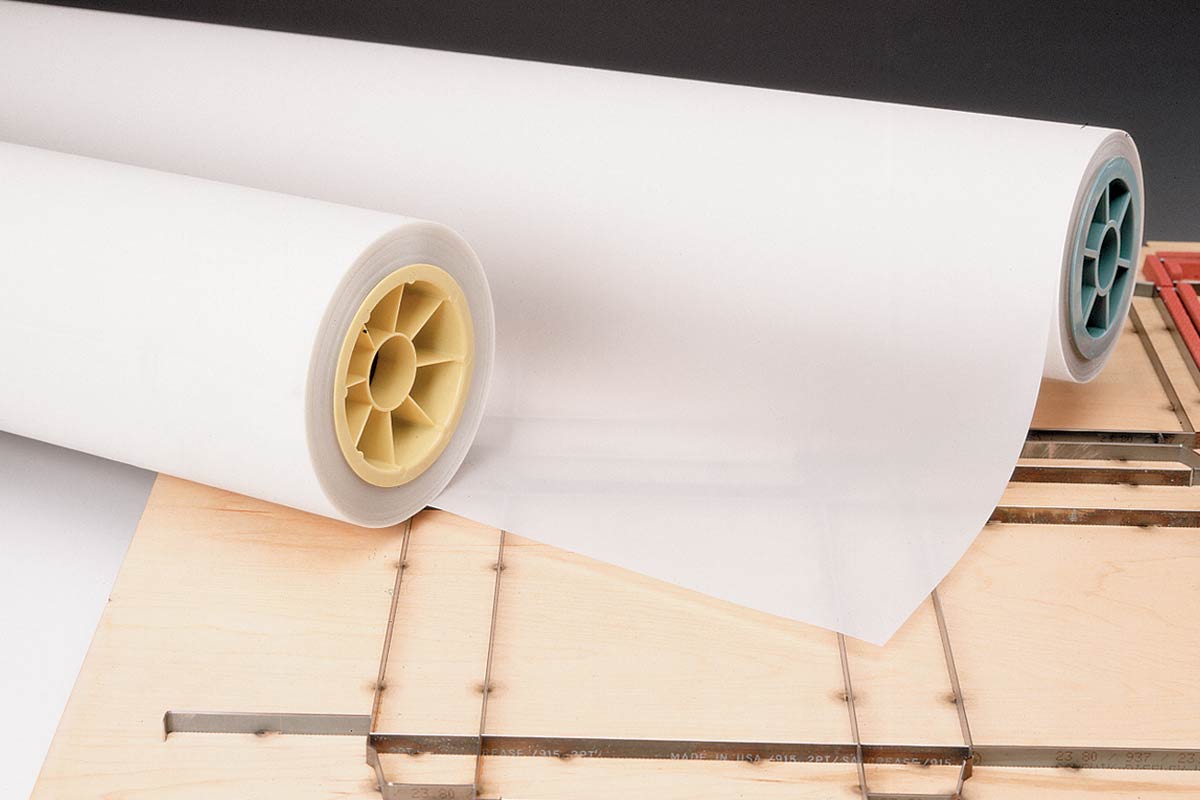

0 thoughts on “What Is A Construction Carpenter”